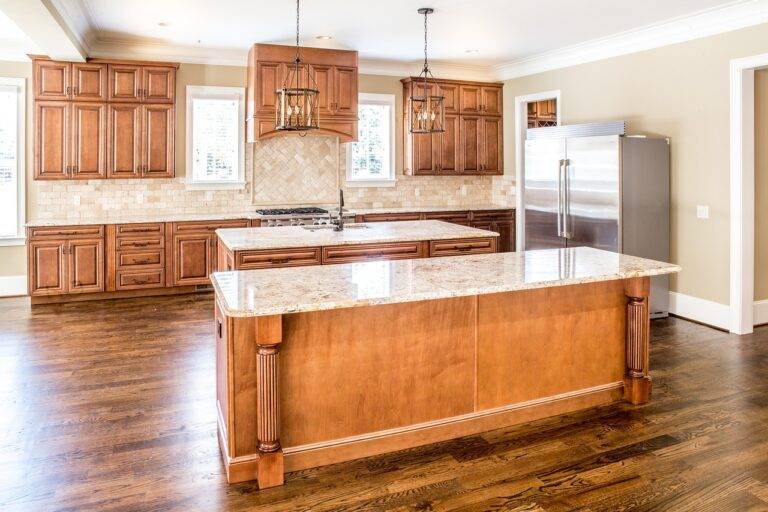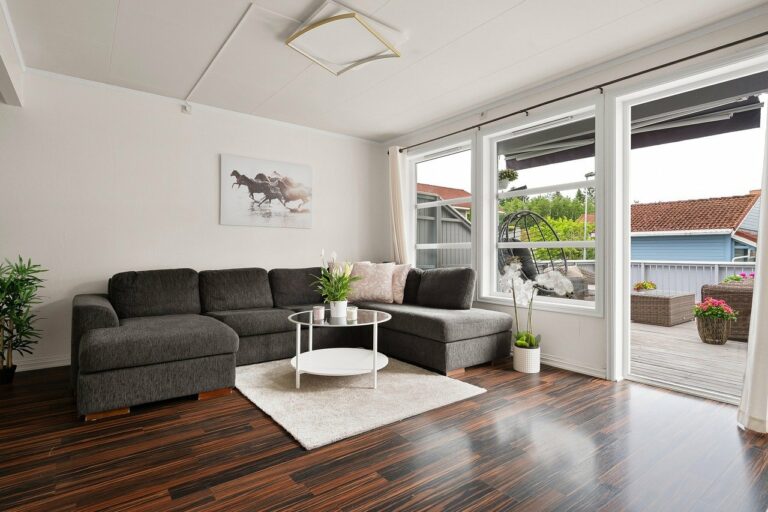The Ultimate Guide to Choosing the Right Paint Colors for Your Home
Colors play a crucial role in influencing our emotions, behaviors, and perceptions. Different hues can evoke various feelings and impact our mood in subtle yet significant ways. Understanding color psychology is essential when choosing the color scheme for your home as it can create the desired atmosphere and ambiance you seek.
For example, warm tones like red and orange are often associated with energy, warmth, and passion. They can be stimulating and create a sense of coziness in a space. On the other hand, cool colors like blue and green tend to promote calmness, relaxation, and tranquility. By strategically using colors in different rooms of your home, you can enhance the overall mood and create a harmonious environment that aligns with your preferences and needs.
How to Determine Your Home’s Aesthetic
Determining your home’s aesthetic is a crucial step in creating a space that reflects your personality and style. Start by considering the overall theme you want to achieve. Whether it’s minimalistic, bohemian, modern, or traditional, having a clear vision will guide your design choices and ensure consistency throughout your home.
Next, assess your existing furniture and decor items to see if they align with your desired aesthetic. You may need to declutter or invest in new pieces to enhance the overall look. Pay attention to details such as color schemes, textures, and patterns to create a cohesive and visually appealing space that resonates with your personal taste.
• Once you have a clear vision of your desired aesthetic, consider the following factors:
• Color palette: Choose colors that complement each other and create a harmonious atmosphere.
• Furniture style: Select pieces that fit within your chosen theme and enhance the overall look of the space.
• Textures: Mix different textures like wood, metal, and fabric to add depth and interest to your home.
• Patterns: Incorporate patterns sparingly to avoid overwhelming the space but still add visual interest.
• Don’t be afraid to mix and match different elements to create a unique aesthetic that reflects your personality. Experiment with different combinations until you find what works best for you.
• Remember that creating a cohesive aesthetic takes time and patience. Be open to making changes along the way as you discover what truly resonates with you.
Considering Lighting and Room Size
Lighting plays a crucial role in shaping the ambiance of a room. When considering lighting for your space, take into account both natural and artificial sources. Natural light can make a room feel spacious and inviting while artificial lighting can be used to create different moods and highlight certain features. Ensure that your lighting choices complement the size and layout of the room to create a harmonious balance.
In addition to lighting, the size of a room also impacts its overall aesthetic. Larger rooms may benefit from statement pieces of furniture and bold colors, whereas smaller rooms might require lighter tones and space-saving furniture to prevent feeling cramped. Think about the purpose of the room and how you can make the most of its size through strategic design choices.
How does lighting affect the perception of room size?
Lighting can greatly impact how spacious a room feels. Natural light can make a room appear larger and more inviting, while harsh overhead lighting can create shadows and make a room feel smaller.
What are some lighting techniques to make a room feel bigger?
Utilizing light colors for walls and furniture, incorporating mirrors to reflect light, and using layered lighting with different sources can all help create the illusion of a larger space.
Should room size affect the type of lighting fixtures used?
Yes, the size of the room should definitely be a factor in choosing lighting fixtures. In smaller rooms, it’s best to opt for smaller, more subtle fixtures to avoid overwhelming the space.
How can I make a small room feel more cozy with lighting?
To make a small room feel cozier, consider using warm, inviting lighting such as soft overhead lights, table lamps, and floor lamps. Dimmer switches can also be helpful in creating a cozy ambiance.







